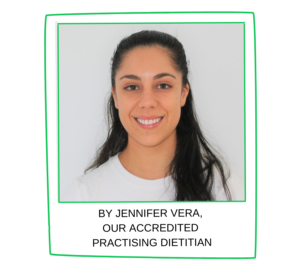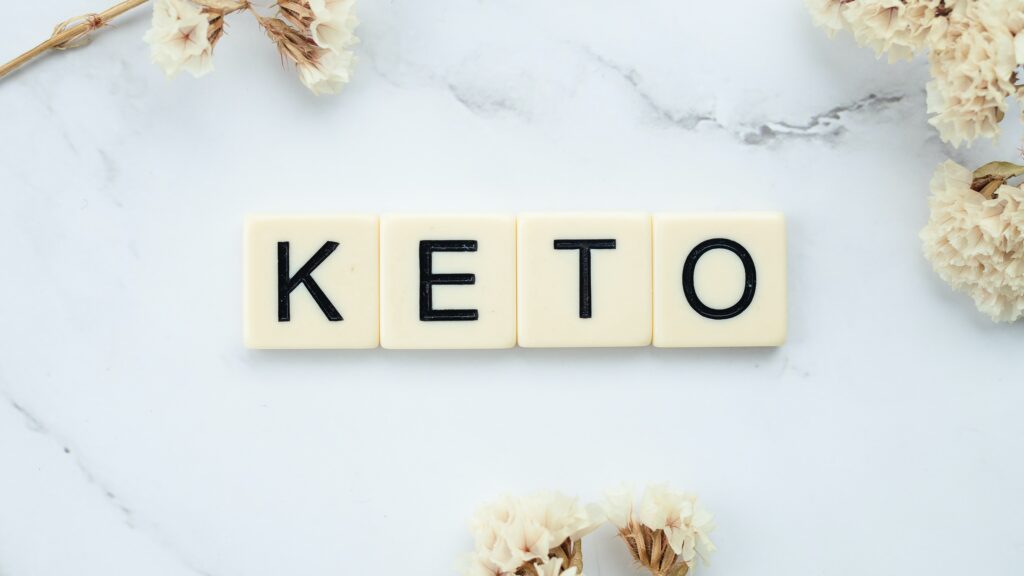

A ketogenic diet, often referred to as the “keto diet” has gained lots of attention in recent years, with many people around the world adopting its principles into their dietary pattern and choices. But what is a keto diet? How does it work? And if I am following a keto diet, how exactly does it work within the Foodini App? We’re here to show you exactly that!
What Is A Ketogenic Diet?
A ketogenic diet is a dietary approach that focuses on drastically reducing daily carbohydrate consumption, while including moderate amounts of protein and a higher fat intake. By restricting carbohydrates, the body is forced to shift from its primary energy source, glucose (carbohydrate) to an alternative fuel source known as ketones. This metabolic state is called “ketosis” and is the desired outcome of a ketogenic diet. Keto diets have been used to treat children with epilepsy since the 1900s, however it has recently gained lots of attention as a dietary measure for weight loss and potential benefits for some health conditions.
There is no one singular version of a keto diet, nor do we have a universal scientifically-backed guideline on the parameters of a ketogenic diet. This is because many factors are taken into account, when determining someone’s nutritional requirements. For example, someone’s age, gender, activity levels, health status and many other factors will influence someone’s recommended energy intake, and specifically their recommended daily carbohydrate intake.
There is no one size fits all approach to a keto diet, but there are very similar frameworks used in scientific research surrounding ketogenic diets. From these studies, while macronutrient breakdowns vary, the general recommendation and limits placed to achieve a “ketogenic diet” is to limit carbohydrate consumption to 20-50 grams per day, or approximately 4-10% of one’s daily energy intake.
Is Keto Just Another Low Carb Diet?
Yes, and no! It is true that a keto diet is a low carb diet however it is one that has tighter measures and limits, and much lower carbohydrate thresholds than a low-moderate carb diet, or a Low GI diet which are recommended for treating many chronic health conditions such as type two diabetes, insulin resistance etc. A keto diet is a low carb diet, but a “low carb diet” may not be within the measures of a ketogenic diet.
A ketogenic diet is one that limits carbohydrates to 10% of someone’s daily energy intake, whereas other low-carb diet variations have a higher threshold. That is, recommendations can range from a suggested 130g carbohydrates per day, or 25% of a person’s daily energy intake.
Categorising Keto-Friendly Ingredients
Understanding which foods qualify as “keto-friendly” is necessary for those following the ketogenic diet. However, it’s also important to note that a keto diet doesn’t mean strictly no carbohydrates, it’s about maintaining less than a certain amount. Understanding low, moderate and high carbohydrate foods can assist you in making appropriate food choices that align with your daily intake. Naturally carbohydrate-free foods are enjoyed liberally on a keto diet. For example, most animal lean proteins (eggs, fish/seafood, meat, poultry), nuts, seeds, olive oil, avocado, many dairy products and so on. Foods that are low in carbohydrates are generally considered compatible with the keto diet. Fresh vegetables, including leafy greens, broccoli, cauliflower, zucchini, and fresh berries, are excellent choices due to their naturally low carbohydrate content.

Our latest feature on Foodini, is a “keto diet” diet profile now available for you to select, and be matched with thousands of menu items and ingredients, suitable for a keto diet. You can now see exactly what would, or wouldn’t be a suitable meal option while you’re following a keto diet.
For the purpose of Foodini, and our ingredient tagging and matching based on the scientific recommendations above we classify very low carbohydrate foods, suitable for a ketogenic diet as containing less than or equal to 10g of carbohydrates per 100g of that food ingredient, as per the Australian Food Composition Database. Therefore, if an ingredient has less than this amount of carbs it will be a suitable menu match! If the item has a higher carbohydrate content, it may not be suitable.
It’s important to note that a ketogenic diet isn’t about one specific ingredient or meal, it’s about an entire day’s intake and how a particular meal or ingredient fits within the context of the rest of the day. We provide menu options which are aligned and complimentary with the keto diet parameters, however we cannot guarantee portion sizes served or how it may, or may not fit within someone’s daily intake.
Click here to make your dietary profile.
Embracing A Balanced Approach
The ketogenic diet presents a distinct approach to nutrition and weight management. By embracing its principles and categorising ingredients based on carbohydrate content, individuals can explore a low-carb lifestyle. However, it is important to remember that dietary choices should be personalised and based on individual needs and preferences. If you’re choosing to follow a specialty diet, the first step should always be to consult with a doctor, registered dietitian or health care professional to learn whether it is appropriate for you, especially if you have any underlying health conditions and/or concerns.
Maintaining a balanced diet, rich in a variety of whole foods, is essential for overall health and well-being. Rather than focusing solely on one particular diet, individuals can make informed choices that align with their health goals.
Learn More?
Want to learn more about the Keto diet? Check out the following resources:
